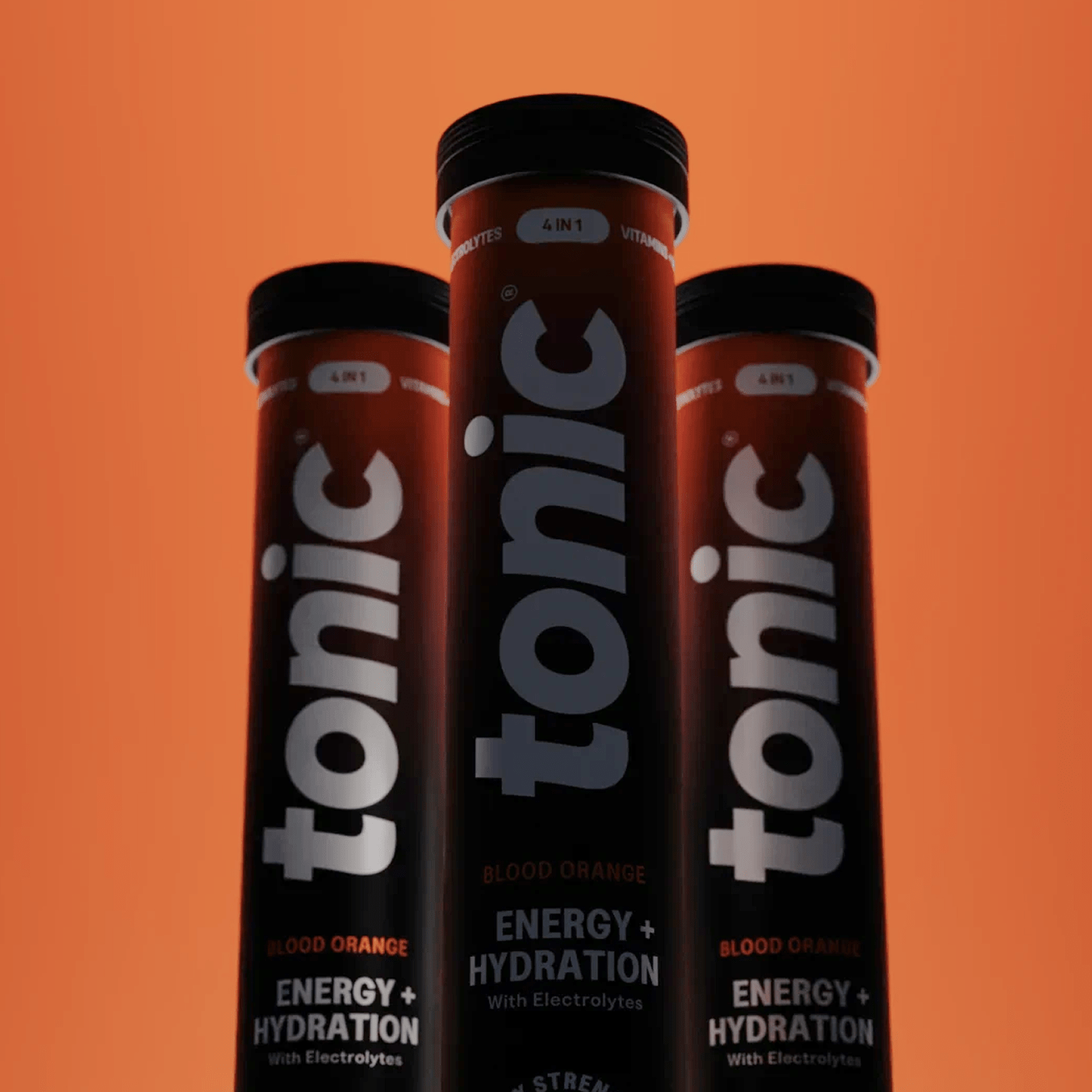Since when is avoiding Scurvy considered optimal health?
What is your recommended daily allowances of vitamins and minerals? Surely it is based on the optimal amount we should take daily for health? Unfortunately, not. The RDA guidelines were originally designed during World War 2 for how much vitamins or mineral rations for troops needed to contain in order for them to avoid getting deficiencies in the trenches and which commonly caused issues such scurvy.
Even today the latest guidelines were set in 1991 (while we were listening to our tapes and using phone boxes) and are defined as the daily dietary intake level of a nutrient considered sufficient by the Food and Nutrition Board of the Institute of Medicine to meet the requirements of 97.5% of healthy individuals in each life-stage and sex group to prevent nutritional deficiencies. The definition implies that the intake level would cause a harmful nutrient deficiency in just 2.5% of people.
So even if we all follow the guidelines, there are 2.5% of us that will end up with some form vitamin or mineral deficiency, a worrying thought. What is better understood with advances in science is that there are individual differences in what we need and perhaps more importantly our vitamin requirements fluctuate dependant on the situation we are in, such as if we are stressed, run down, or lacking sleep, the vitamins levels our body needs goes up. Some guidelines do increase the amount of vitamins you need when you are pregnant or if you do damage to your body through things like smoking, which demonstrates the fact that levels should be altered based on the situation.
When you’re feeling not at your best, you need to treat your immune system differently
What this definition of RDA also fails to consider is that there is a big difference between the RDA (the amount you need to avoid deficiency) and the amount of a vitamin or mineral we need to achieve optimal nutrient levels for optimal health.
Let’s take Vitamin C as an example, the UK government guidelines state you need 40mg of vitamin C a day, whilst the RDA is actually set by the EUs nutrient reference value at 80mg. Both great for avoiding scurvy, but unhelpful or clear if you are looking for optimal health. The estimated average intake is 100mg per day which equates to two small oranges per day. If you eat plenty of fruit and vegetables and have them regularly, it is reasonable to expect you could achieve 200mg per day (4 oranges worth).
So, what is optimal? Well optimal is defined as the most favourable level to create best outcome and a lot of scientific studies have explored this - yet there is currently no agreed or set optimum level. The institute for optimum nutrition has however created estimates based on the science available today which sets an average optimal level at between 1,000mg and 2,000mg of vitamin C per day which would imply the majority of us are some way off optimal intakes. Furthermore, it has been shown that our demand for vitamins goes up even higher than this when we are fighting an issue.
A handy way to increase the intake of Vitamin C in your diet, is through the vitamin C powerhouse, Peppers. A portion of red peppers contains about 100mg of vitamin C and together with their good level of vitamin A content can help maintain skin health, and they support the normal function of the immune system. This is however, still someway short of optimal levels and that’s why we include 1,500mg of vitamin C in every Tonic Sachet. That’s a high dose of 1875% of your nutrient reference value vitamin C specifically designed for times of need.
There is a quick reference guide below which highlights some of the differences by Vitamin between the recommended daily allowance (RDA or NRV) and the optimal level as researched by the Institute for Optimal Nutrition. These are just a guide as there is currently little scientific consensus on optimal levels of vitamins due to the amount of individual differences and variability based on time and need state.
|
RDA - avoid deficiency |
When you are healthy |
When not at your best |
|
|
Vitamin A |
800 mcg | 1500 mcg | 2500 mcg |
|
Vitamin C |
80 mg | 1,000 mg | 1,500 mg |
|
Vitamin D |
5 mcg |
10 mcg |
30 mcg |
|
Zinc |
10 mg | 15mg | 25mg |







Leave a comment
All comments are moderated before being published.
This site is protected by hCaptcha and the hCaptcha Privacy Policy and Terms of Service apply.